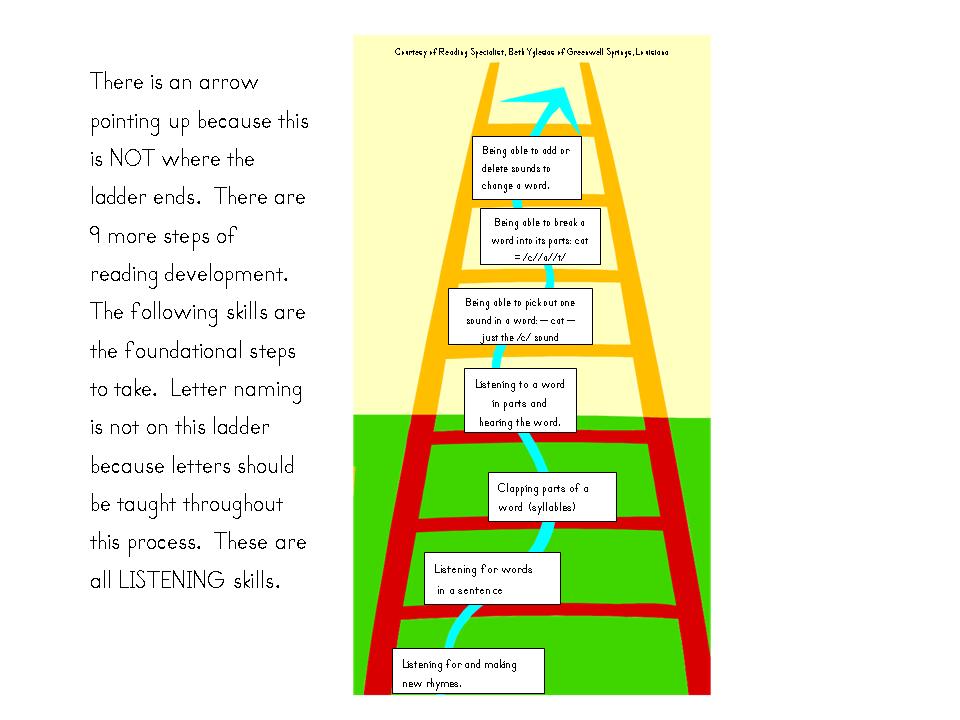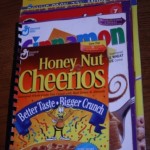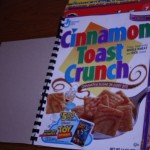Occasionally people ask me if I worry about running out of information for this site. My response is that I have an infinate amount of activities and information that I want to post about and if anything I struggle with getting ahead of myself. And I have to confess I already have! I want to show parents the sequence of understanding a child’s development in reading, writing, and math so bad that I want to lay it out post by post. But today, I am stepping back, only SLIGHTLY, to take what I already have introduced and add a lot more activities to it.
For example, I wrote a post not long ago about phonemic awareness, but there is SO much to know about phonemic awareness and there are a few other skills to master before introducing the one I posted about coloring a gingerbread house.
So take a minute, breathe, and brace yourself for a little lesson that is “the secret key to reading success” (as my friend and mentor Beth Yglesias puts it).
Phonemic awareness is the awareness of sounds within a word. To learn this process there is a ladder of skills that must be climbed to achieve the FLUENCY and structure of reading. So here is a visual breakdown for you: Click HERE on Reading Ladder if you cannot read the image below or click on the image itself.
I wanted you to see this so that you would understand the sequence of activities I am posting, Each step needs to be MASTERED before moving up to the next. So I am going to try to post more activities on the earliest steps first to give you lots to practice 🙂
All that to say, I posted an activity recently for a child who has established the Step 5 skill and I skipped an activity for Step 4: Listening for a word in parts and hearing the whole word….so here is an activity for Step 4:
Step four is to be able to listen to the sounds that make up a word such as /c/-/at/ and understand that you are saying the word “cat”
*******When a letter is inside of this symbol “//” you make the letter SOUND not the letter name.
So if I were to show my little one (who can rhyme as well as clap words and word parts) pictures of a cat, a dog, and a fish, and asked him/her to show me the picture of the /f/-/ish/, he would point to the fish.
But this is just the first level of giving him/her a chance to listen for the word parts to hear a word. The next level, after this one is mastered, is to ask him/her to show me the picture of the /f/-/i/-/sh/ and he would hear all those sounds together and point to the fish.
Here is a page of pictures for you to practice the FIRST LEVEL of this skill:





